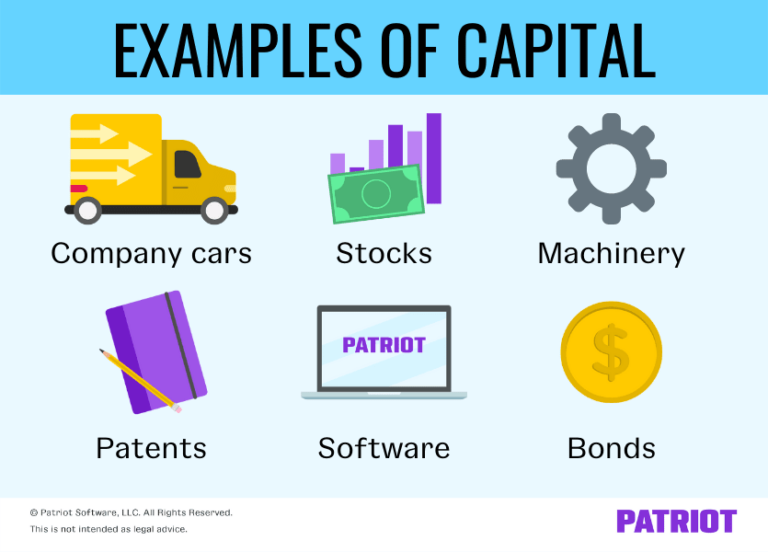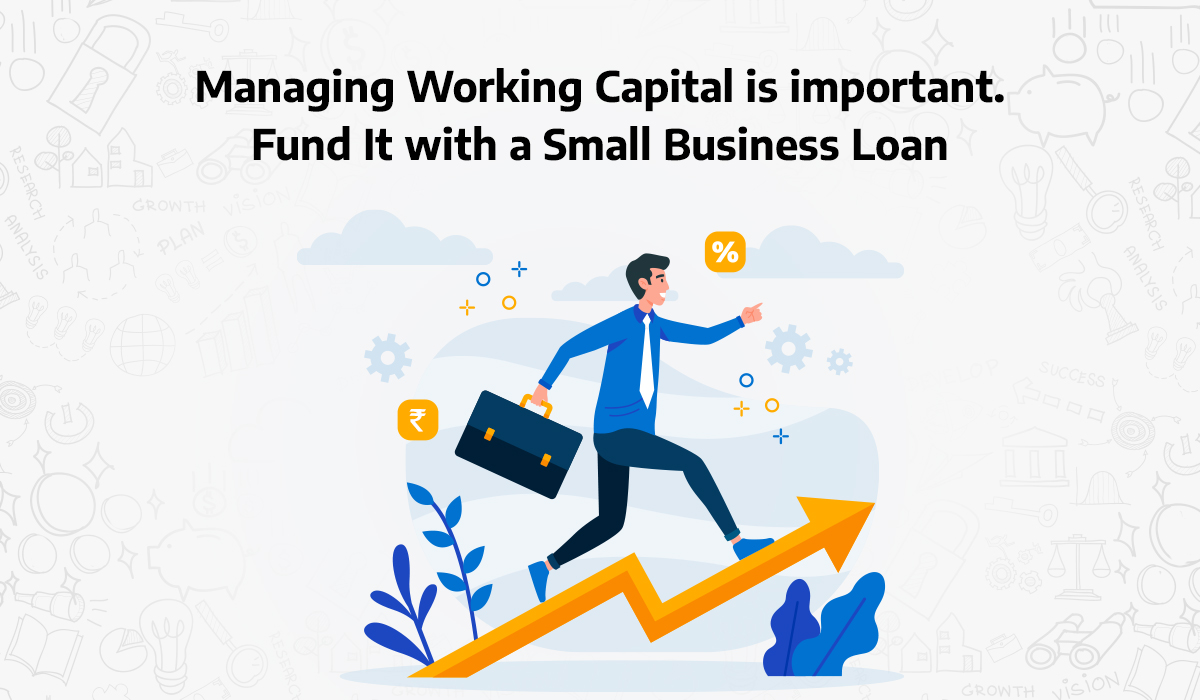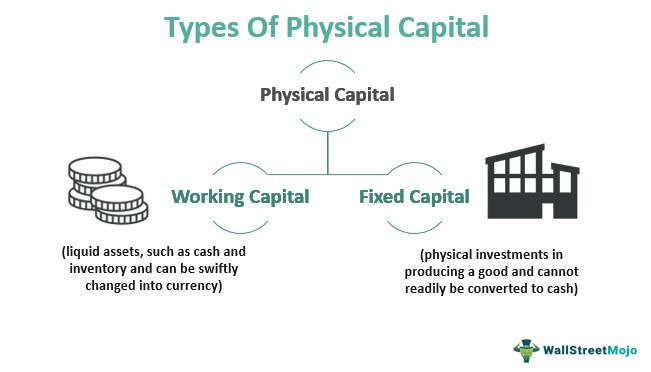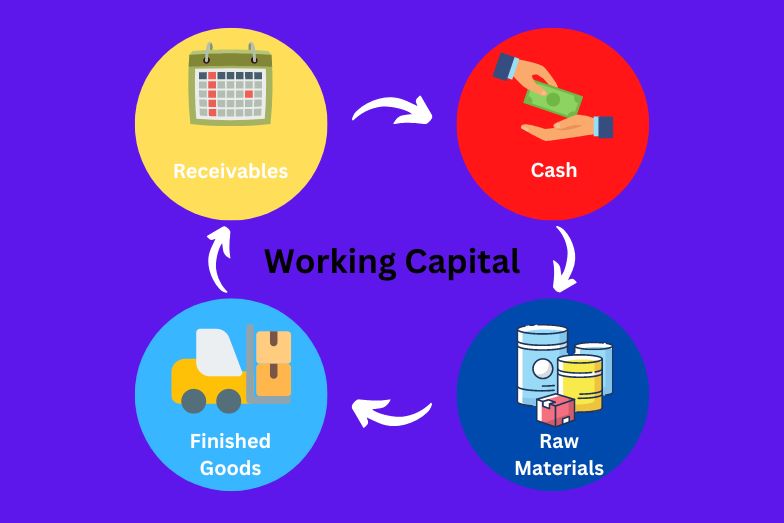Business That Doesn't Need Capital

A quiet revolution is brewing in the business world: ventures that thrive without the traditional need for substantial upfront capital. Forget Shark Tank; a new breed of entrepreneur is building empires on sweat equity, ingenuity, and leveraging existing resources.
This shift signals a democratization of entrepreneurship, empowering individuals to launch and scale businesses with minimal financial barriers. We examine the rise of capital-light businesses, exploring their models, benefits, and the strategies driving their success.
The Rise of the Bootstrap Business
What defines a business that doesn’t need capital? Primarily, it's about resourcefulness and leveraging existing assets to minimize initial investment. Common examples include service-based businesses, digital content creation, and businesses focused on dropshipping.
These models prioritize time and effort over financial investment, allowing entrepreneurs to start lean and grow organically.
Key Strategies for Capital-Light Startups
Service-based Businesses offer skills and expertise to clients, generating revenue from day one. Think freelance writers, virtual assistants, consultants, or specialized tradespeople. These businesses capitalize on the entrepreneur's knowledge and require minimal overhead.
Dropshipping eliminates the need for inventory management. Entrepreneurs market and sell products online, but a third-party supplier handles storage and shipping. This significantly reduces the financial burden associated with traditional retail.
Digital Content Creation leverages online platforms to build an audience and monetize content through advertising, subscriptions, or affiliate marketing. Bloggers, YouTubers, and podcasters can create profitable businesses with minimal initial investment.
According to a 2023 report by Fundera, service-based businesses have a 10-12% higher survival rate in the first year compared to businesses requiring significant capital investment.
Benefits of a Capital-Light Approach
The primary advantage is reduced financial risk. Entrepreneurs avoid taking on large loans or diluting ownership with outside investors.
This allows for greater flexibility and control over the business's direction.
Capital-light businesses can also iterate quickly, adapting to market changes without the burden of significant sunk costs.
Furthermore, profitability can be achieved more rapidly as less revenue is needed to cover initial investments.
Challenges and Considerations
While capital-light businesses offer numerous advantages, they also present unique challenges. Success often hinges on the entrepreneur's dedication and ability to hustle.
Growth can be slower compared to businesses with access to capital, requiring patience and a long-term perspective.
"Building a capital-light business requires grit and a willingness to learn," says Sarah Jones, founder of a successful virtual assistant agency that started with zero capital. "You have to be your own investor, your own marketing team, and your own customer service representative – at least initially."
Competition can also be intense, requiring entrepreneurs to differentiate themselves through superior service, unique content, or innovative marketing strategies.
The Future of Entrepreneurship
The rise of capital-light businesses represents a significant shift in the entrepreneurial landscape. Technology is playing a crucial role, providing access to affordable tools and platforms that enable entrepreneurs to start and scale businesses with minimal investment.
The increasing demand for flexible work arrangements and personalized services is also fueling the growth of this trend.
Next Steps for Aspiring Entrepreneurs
Aspiring entrepreneurs should identify their skills and passions, then explore business models that leverage those assets with minimal capital. Conduct thorough market research to identify unmet needs and opportunities.
Focus on building a strong online presence and networking with potential clients or customers.
Don't be afraid to start small and iterate based on feedback. The key is to take action and learn along the way. According to a 2024 report by Small Business Trends, the number of capital-light startups is projected to increase by 15% in the next year, indicating a continued strong trend.
The message is clear: you don't need a fortune to build a thriving business. You need ingenuity, determination, and a willingness to work hard.






:max_bytes(150000):strip_icc()/WorkingCapitalLoan_Final-c8f87cd151e749fe9eee07612e799e15.png)











